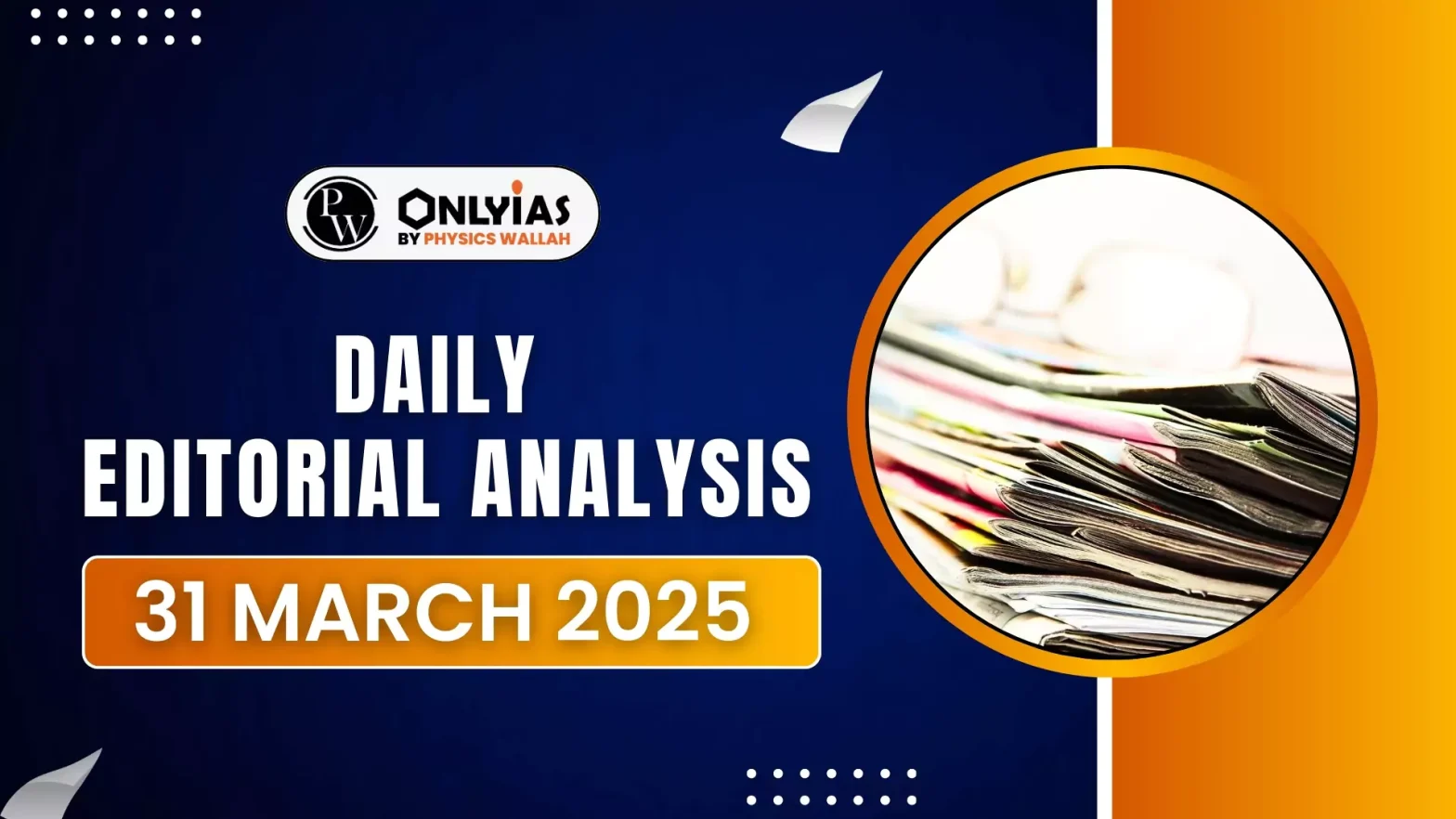In recent times, the government has introduced significant tax relief for the middle class, increasing the tax-free income limit from ₹7 lakh to ₹12 lakh. In addition, salaried individuals are now entitled to a ₹75,000 standard deduction, bringing the effective benefit to ₹12.75 lakh. This shift puts more money in the hands of the middle class, which translates into increased spending and, in turn, drives economic growth.
Defining the Middle Class
- Who is the Middle Class?: The middle class is generally defined as those who are financially stable and have a lower risk of falling into poverty.
- Different Definition: Internationally, organizations like the OECD define the middle class as those earning between $10 to $100 per day (~₹830 to ₹8,300).
- In India, according to PRICE data, the middle class is considered to have a household income ranging from ₹5 lakh to ₹30 lakh annually (2020-21 prices).
- Characteristics: This group has sufficient financial stability and disposable income to contribute significantly to the economy.
- Middle Class Segments
- Lower Middle Class: This group tends to spend most of their income on basic needs like healthcare, education, vehicles, and household appliances.
- Upper Middle Class: In addition to the basic expenses, this segment can afford luxury items, vacations, high-end gadgets, and appliances like air conditioners.
Evolution of India’s Middle Class
- Pre-Independence: The middle class was a small, elite group, mostly composed of English-speaking, educated upper-caste individuals.
- Post-1990s Liberalization: The economic liberalization, privatization, and globalization (LPG) boom of the 1990s significantly expanded India’s middle class. The growth of the IT and services sectors created jobs and enabled the urban middle class to thrive.
- 2021 and Beyond: By 2021, 31% of India’s population belonged to the middle class. By 2031, this number is projected to rise to 38%, and by 2047, the middle class is expected to make up 60% of the population, according to PRICE data.
Economic Impact of the Growing Middle Class
- Rising Consumption and Economic Growth: By 2030-31, the middle and rich classes are projected to drive an additional $2.7 trillion in consumption.
- Benefit: This surge in consumption will boost production across various industries, fostering economic growth. Companies will produce more goods and services to meet the rising demand, further stimulating the economy.
- Key Market for Businesses: The urban middle class has become a significant market for both global and local businesses. This consumer base supports startups, entrepreneurship, and economic dynamism, particularly in sectors such as education, retail, and entertainment.
Impact on Cities and Urbanization
- Infrastructure Demand: As the middle class grows, so does the demand for better infrastructure. Tier II and III cities (such as Jaipur, Lucknow, and Dehradun) are booming and attracting development, driven by increased middle-class spending.
- Change in Urban Landscape: There is also a noticeable shift in the urban landscape with more malls, entertainment hubs, and better housing options like gated communities.
Social Impact
- Strengthening Institutions and Governance: A growing middle class often correlates with improved social outcomes, including better governance and the strengthening of institutions.
- This demographic tends to place greater emphasis on education, free speech, and democratic values while giving less importance to religious considerations.
- Rising Environmental Awareness: As the middle class expands, there is also a rise in environmental awareness, with more individuals supporting sustainability and environmental protection efforts.
Challenges Faced by the Middle Class
Despite the growing influence of the middle class, several challenges persist:
- Inflation: Rising inflation makes essential services like healthcare and education more expensive, making it difficult for middle-class families to afford them.
- Unemployment and Underemployment: These issues contribute to financial insecurity, as many individuals face job instability or lack full-time employment.
- Stagnant Salaries: Salaries are not growing in proportion to the economy, limiting purchasing power and furthering financial strain.
- Automation Threats: Automation in industries like banking, IT, and manufacturing poses a risk of job loss, adding to economic insecurity.
- High Tax Burden: Despite earning a reasonable income, the middle class faces a high tax burden, with few incentives or support measures.
- Rising Debt: With debt at 38% of GDP in FY23, many middle-class individuals are facing financial difficulties due to rising aspirations and limited resources.
- Gender Barriers: Women, in particular, face barriers to career growth and advancement due to patriarchal societal norms.
Why is the Middle Class Often Neglected?
The middle class in India is often overlooked by policymakers for several reasons:
- Perceived Self-Sufficiency: It is assumed that the middle class is self-sustaining, but they face challenges like high taxes and inflation, which necessitate government support.
- Diversity: The middle class is highly diverse, encompassing salaried employees, gig workers, public sector employees, and small business owners. Creating policies that address the needs of such a varied group is difficult.
- Lower Voter Turnout: The middle class tends to have lower voter turnout, meaning they have less political influence than other groups.
- Policy Focus on Business and Rural Interests: Policy forums are often dominated by business and rural interests, leaving the middle class without a strong voice.
Way Forward
- Tax Benefits and Incentives: Expanding tax relief and providing more incentives for the middle class can help increase disposable income and stimulate consumer spending.
- Affordable Housing: Schemes to make housing more affordable would help address the growing demand for quality housing in urban areas.
- Stronger Labor Market Policies: Creating policies that reduce unemployment and provide job stability would boost financial security for middle-class families.
- Financial Security Measures: Strengthening social safety nets and promoting financial literacy can help individuals better manage their finances and prepare for future challenges.
- Encouraging Gender Equality: Addressing the barriers women face in career growth would unlock the full potential of the workforce.
Conclusion
By investing in the middle class, India can unlock significant economic potential, strengthening the backbone of its economy and fostering long-term prosperity.
![]() 31 Mar 2025
31 Mar 2025

